Water Treatment Plants
ઉત્પાદન વિગતો:
- આવર્તન હર્ટ્ઝની (હર્ટ્ઝ)
- ઉપયોગ/એપ્લિકેશન્સ Various Industries
- વોરંટી 1 Yr
- સામગ્રી FRP/ MS
- વોલ્ટેજ વોલ્ટ (વી)
- આપોઆપ ગ્રેડ
- પાવર સ્રોત Electric
- વધુ જોવા માટે ક્લિક કરો
ભાવ અને જથ્થો
- 1
ઉત્પાદન વિશિષ્ટતાઓ
- Electric
- Ltr/hr
- 1 Yr
- વોલ્ટ (વી)
- હર્ટ્ઝની (હર્ટ્ઝ)
- Various Industries
- FRP/ MS
વેપાર માહિતી
- , , , , , ,
ઉત્પાદન વર્ણન
Water Treatment Plants (WTPs) are Facilities designed to Remove Contaminates from Raw Water (Such as rivers, lakes Or underground Sources) to Make it Safe For Human Consumption, Industrial Use and Other Applications. The Treatment Process Typically Involves a Combination of Physical, Chemical and Biological Processes that Remove Or Neutralize Pollutants like Sediments, bacteria, Viruses, Heavy Metals and Organic Compounds.
There are Many Types Of Water Treatment Plants, Including Sewage Treatment Plants, Industrial Wastewater Treatment Plants.
We Are Manufacturers & Suppliers In Ahmedabad, Gandhinagar, Gujarat, India, Sanand GIDC, Mehsana, Vitthalapur, Mandal Bechraji Special Investment Region(MBSIR), Halol GIDC, Bavla Kerala GIDC, Dahej SIR & PCPIR(Petroleum, Chemicals and Petrochemicals Investment Region), Dholera SIR, GIDC Industrial Area(Gujarat Industrial Development Corporation), MIDC Industrial Area(Maharashtra Industrial Development Corporation), MPIDC Industrial Area(Madhya Pradesh Industrial Development Corporation), RIICO Industrial Area(Rajasthan State Industrial Development & Investment Corporation), PSIDC(Punjab State Industrial Development Corporation), SEZs Area(Special Economic Zones), SEEZ Area(Solar Energy Enterprises Zone) In Rajasthan, Peenya Industrial Area In Bengaluru(Bengalore,Karnataka) etc..
Capacity:
The Capacity a WTP can be Measured in Cubic Meters Per Hour (m3/h) Or Milion Liters Per Day (MLD)
Capacity Examples:
A WTP can have a capacity of 2-15 m3/h
A WTP can have a capacity of 500 liters per hour (LPH)
A WTP can have a capacity of 50-100 m3 per day
A WTP can have a capacity of 115 MLD
A WTP can have a capacity of 600 MLD
How WTPs Work:
1. Water Intake: The Water is brought into the Plant for Treatment, Where it Will Undergo Several Processes to Remove Contaminants.
2. Screening: Prevents Large Objects from Entering the Treatment System and Damaging Equipment Or Clogging Pipes.
3. Coagulation and Flocculation: Helps Small Particles (Dirt, bacteria) stick together, Forming Larger Particles Called Flocs, & Makes it Easier to remove the Particles from the Water in the Next Stages.
4. Sedimentation: Removes the Majority of the Solid Particles that were formed during Coagulation and Flocculation.
5. Filtration: Further Purifies the Water, Ensuring that Smaller Particles and Pathogens are removed.
6. Disinfection: Ensures that the Water is Free of Harmful Microorganisms that can Cause Disease Or Health Issues.
7. pH Adjustment: Ensures that the Waters pH is Within a Safe Range for Human Consumption and to Prevent Corrosion In Pipes.
8. Storage: Ensures that there is a Sufficient Supply of Treated Water to Meet Demand and that the Water Can be Stored for Emergencies.
9. Distribution: Delivers Clean and Safe Water to the Public.
Applications Of Water Treatment Plants:
1. Drinking Water Treatment: The Primary Purpose Of Municipal Water Treatment Plant is to Produce Potable Water that is Safe to Drink and Use for Cooking, Cleaning and Hygiene.
2. Industrial Water Treatment: Industries such as Power Plants, Food and Beverage and Pharmaceuticals, Require Water For Cooling, Processing and Cleaning. Water treatment ensures that the Water Meets the Necessary Quality Standards for these Purposes.
3. Wastewater Treatment: Wastewater Treatment Plants Process Sewage and Industrial Wastewater to Remove Contaminants. Treated Effluent Can Either be Discharged Safely into Rivers, Lakes or Oceans or Further Treated for reuse.

Price: Â
- 50
- 100
- 200
- 250
- 500
- 1000+
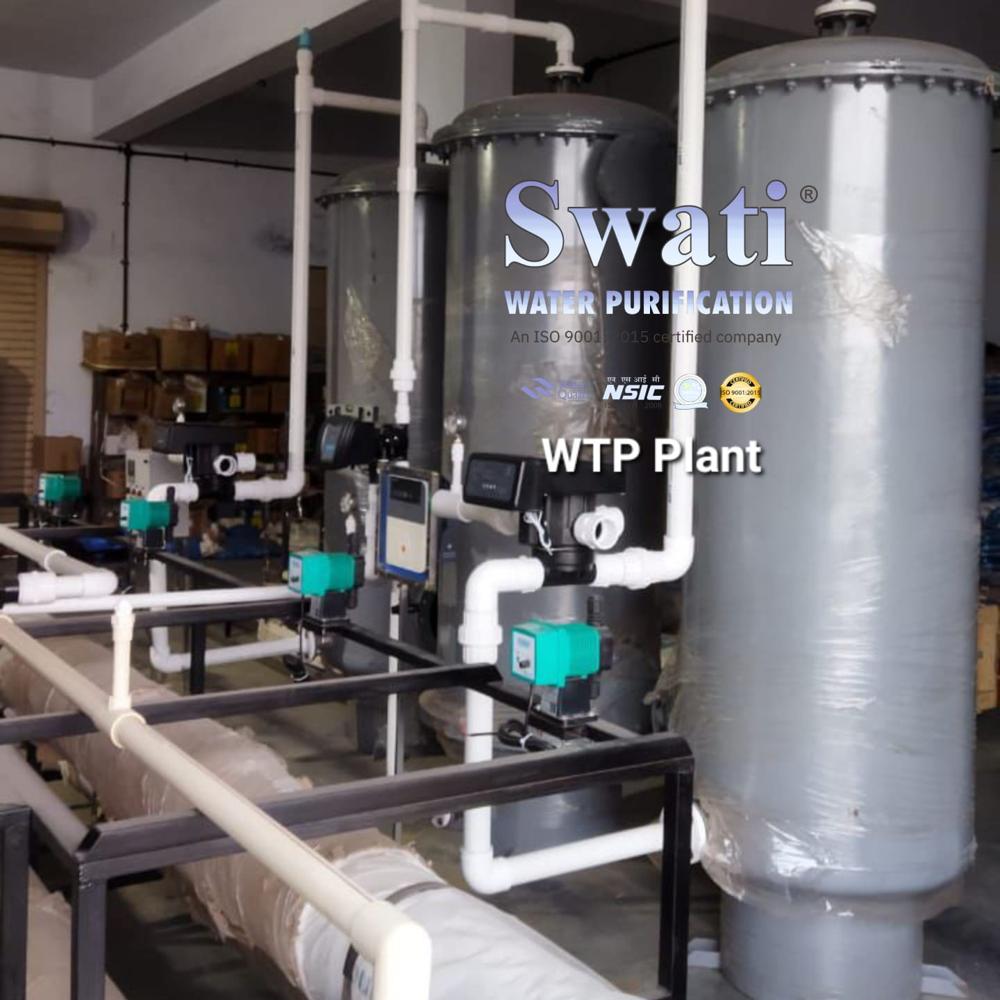
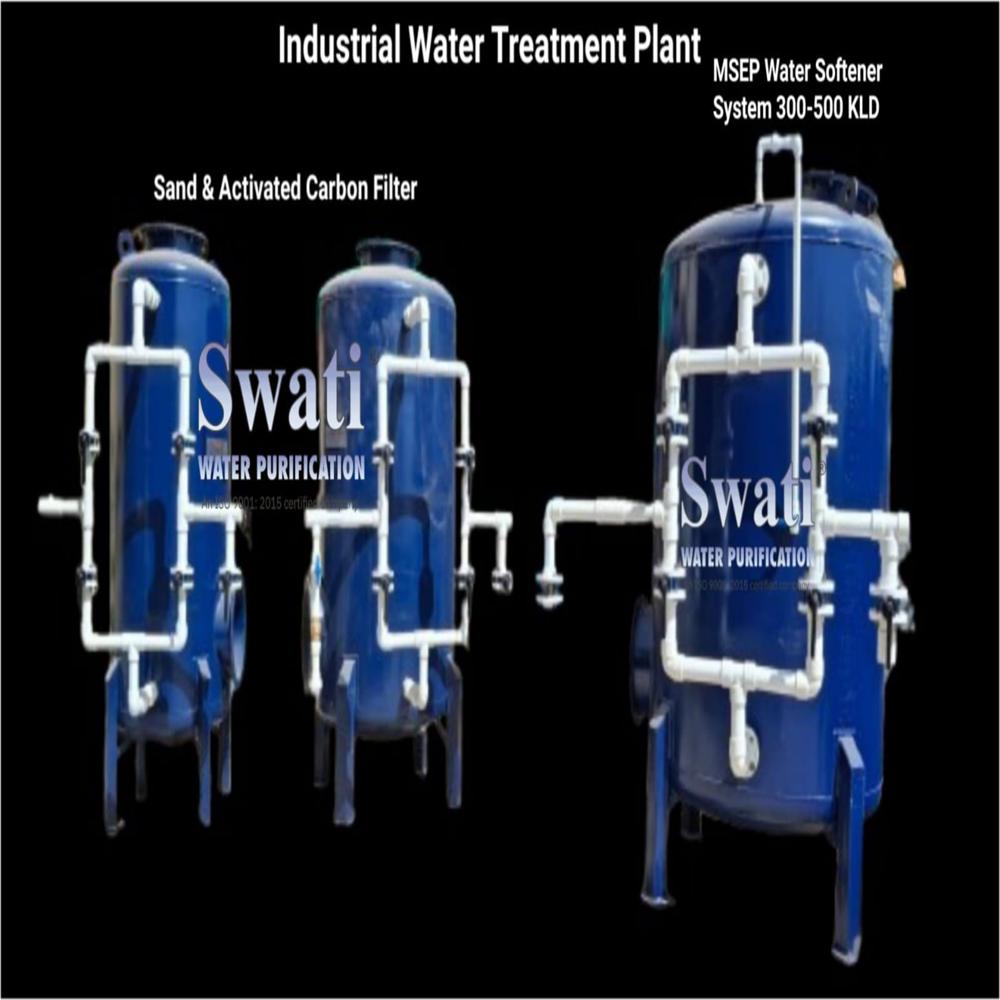
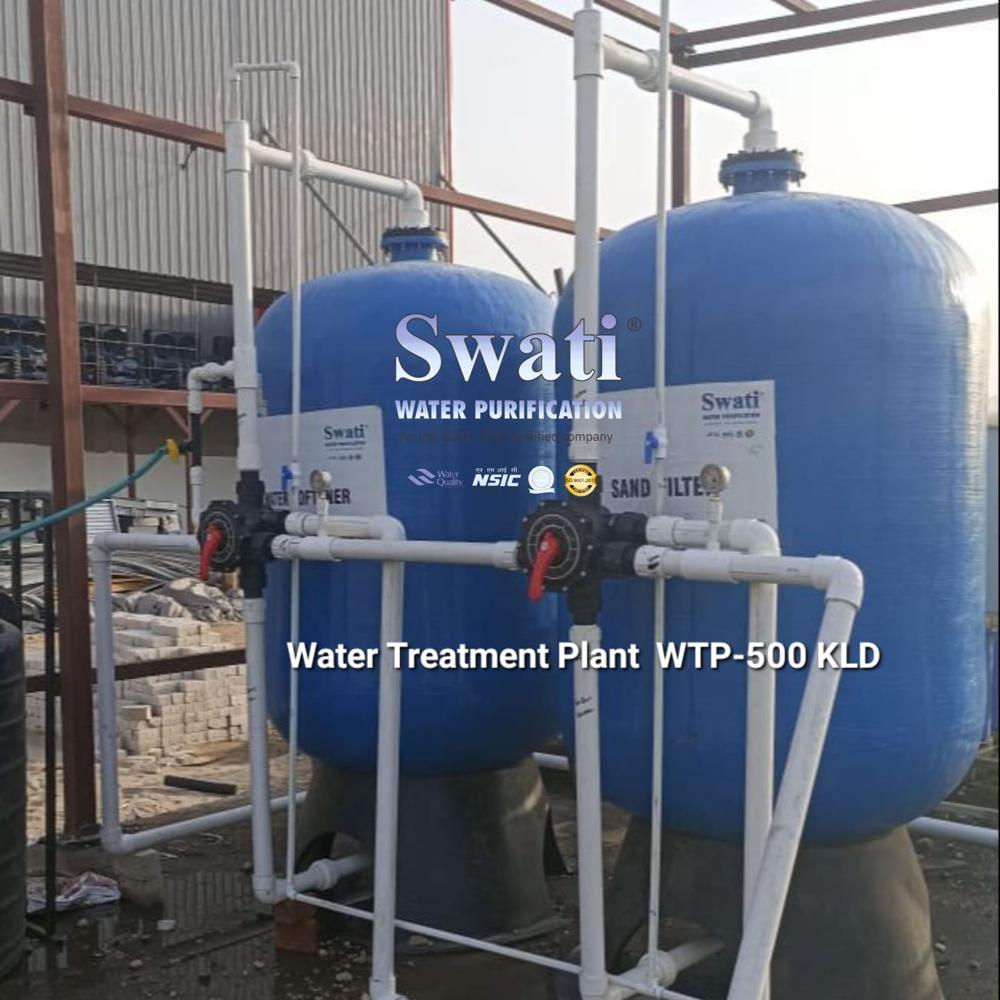

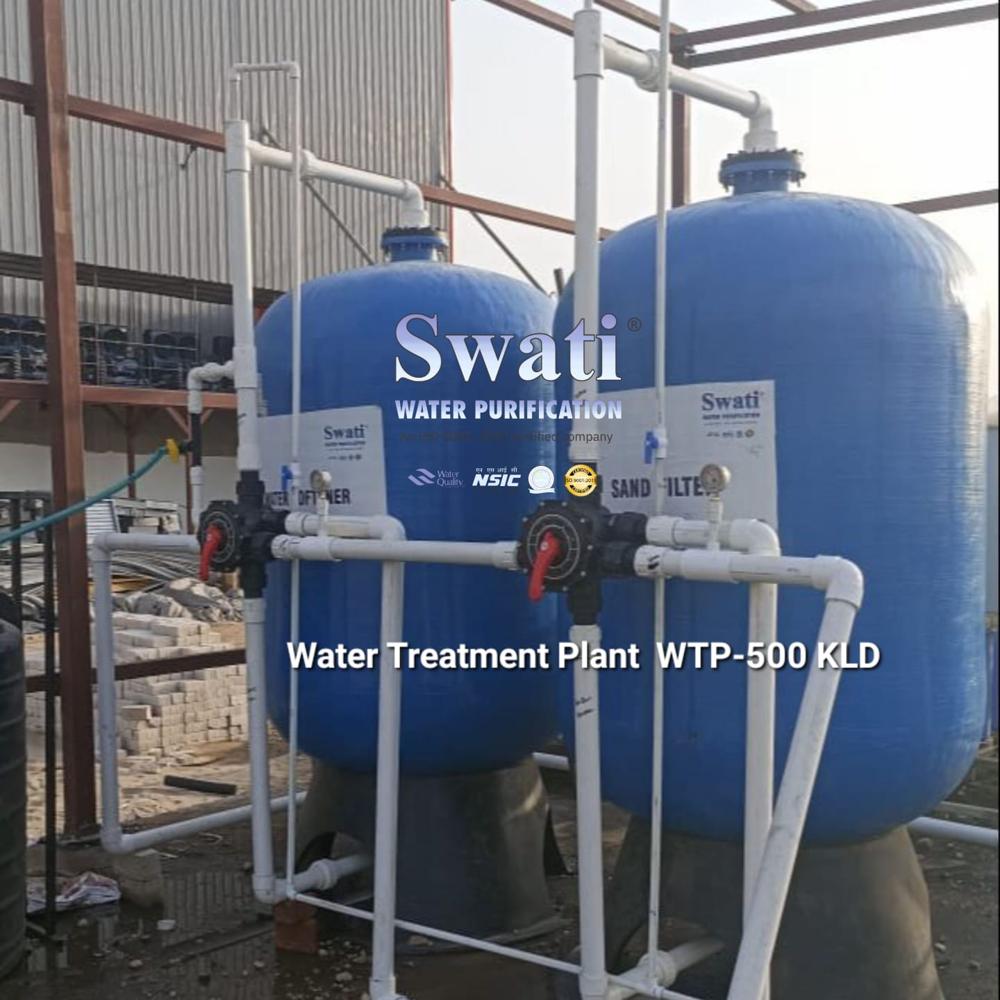


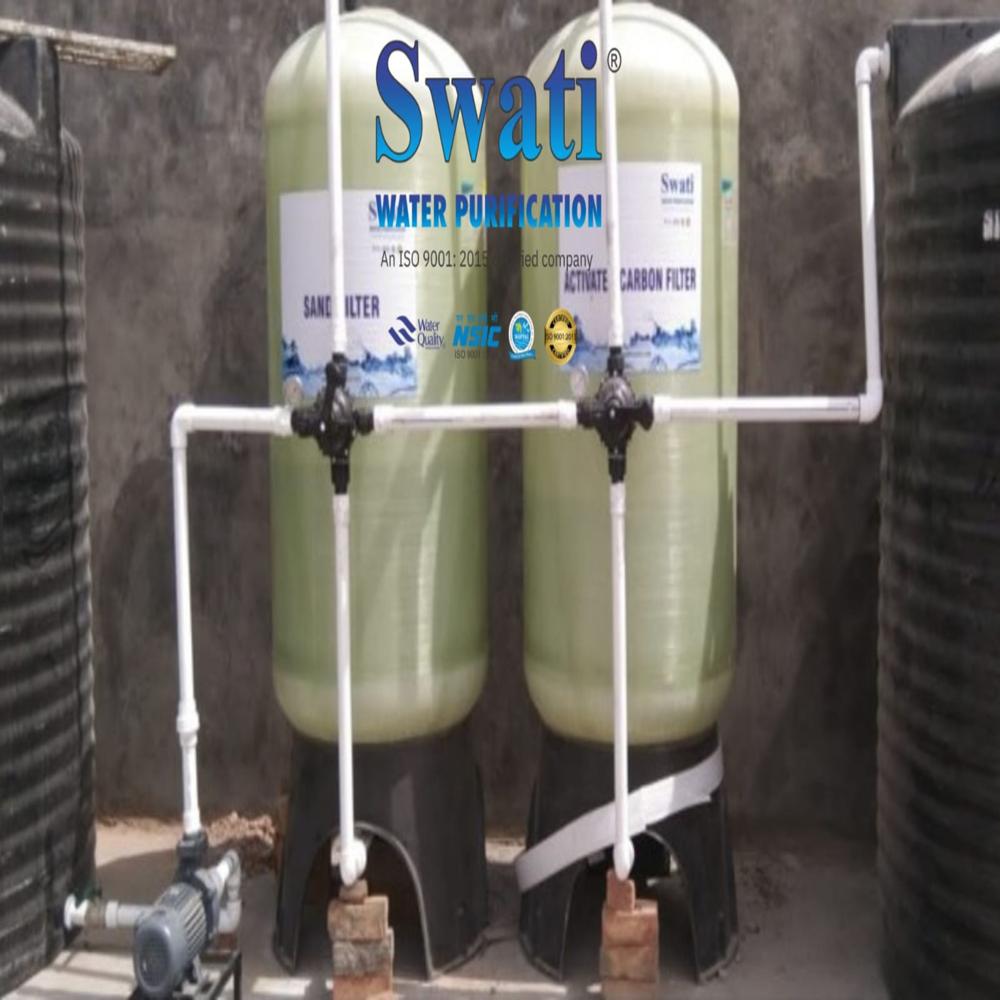


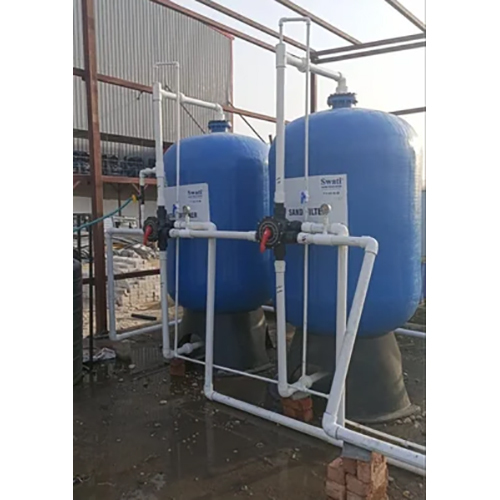
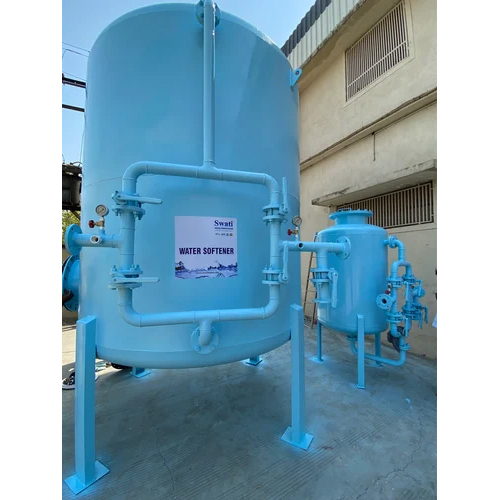
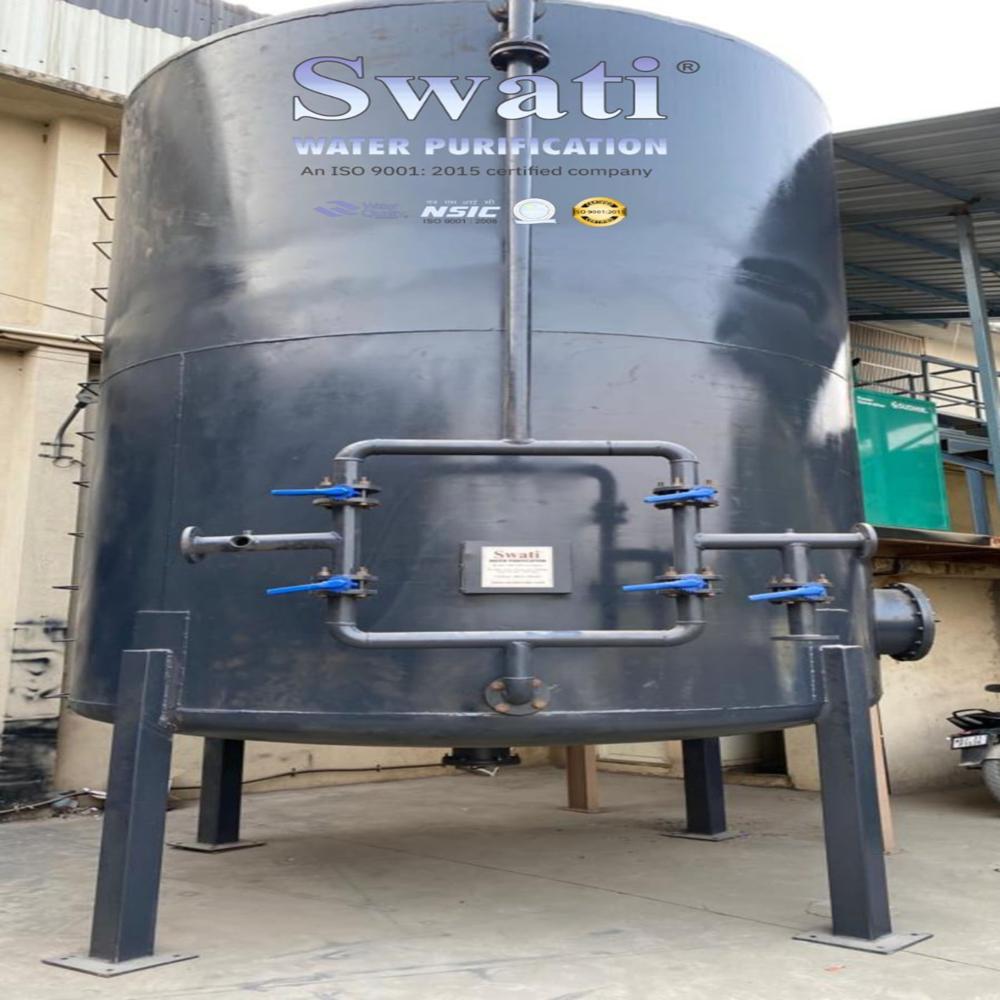
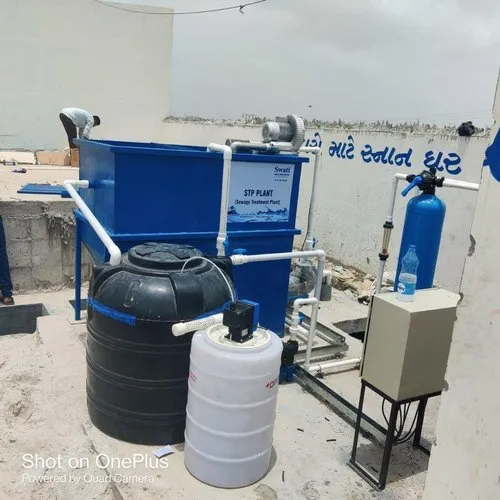


 પૂછપરછ મોકલો
પૂછપરછ મોકલો મને મફતમાં કૉલ કરો
મને મફતમાં કૉલ કરો